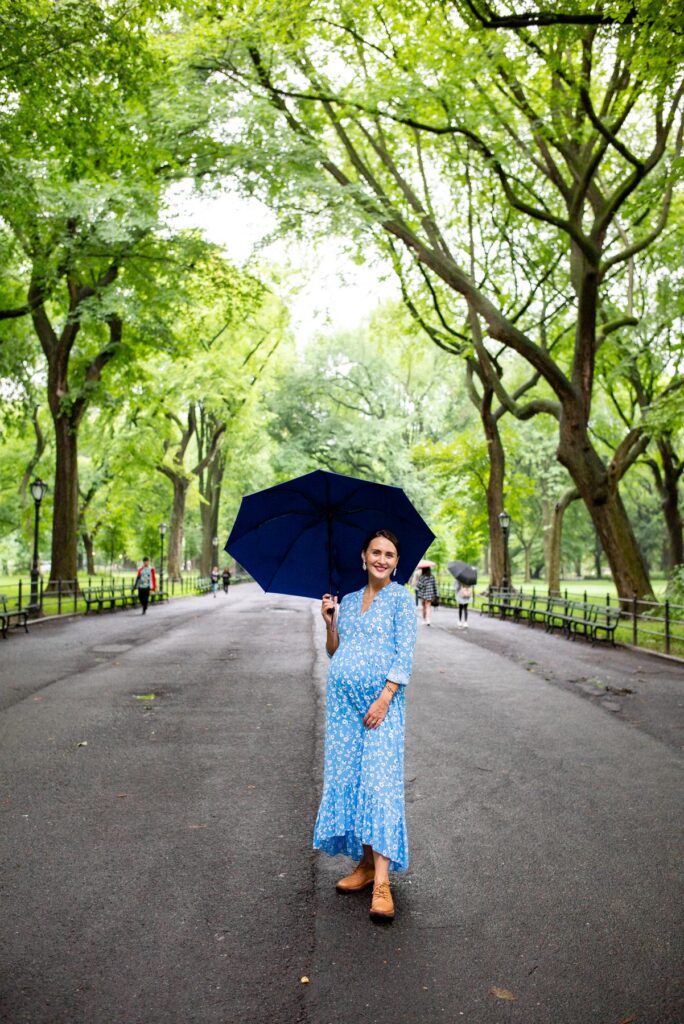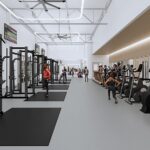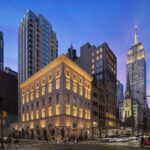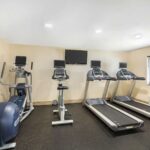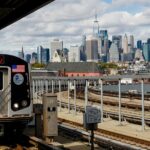I’ve lived near Central Park for years, and I still catch myself pausing to watch the light change across the Great Lawn or the skaters on the Mall. This isn’t just a park; it’s New York’s backyard. In this local’s guide to Central Park activities, I’ll walk you through what to do, when to go, how to plan, and how to make the most of every visit. My goal is to give you insider tips, data-backed insights, and friendly advice that helps you experience Central Park like someone who knows it by heart. Whether you’re seeking fitness routes, kid-friendly ideas, quiet escapes, iconic sights, or the best photo spots, you’ll find practical, trustworthy guidance here.
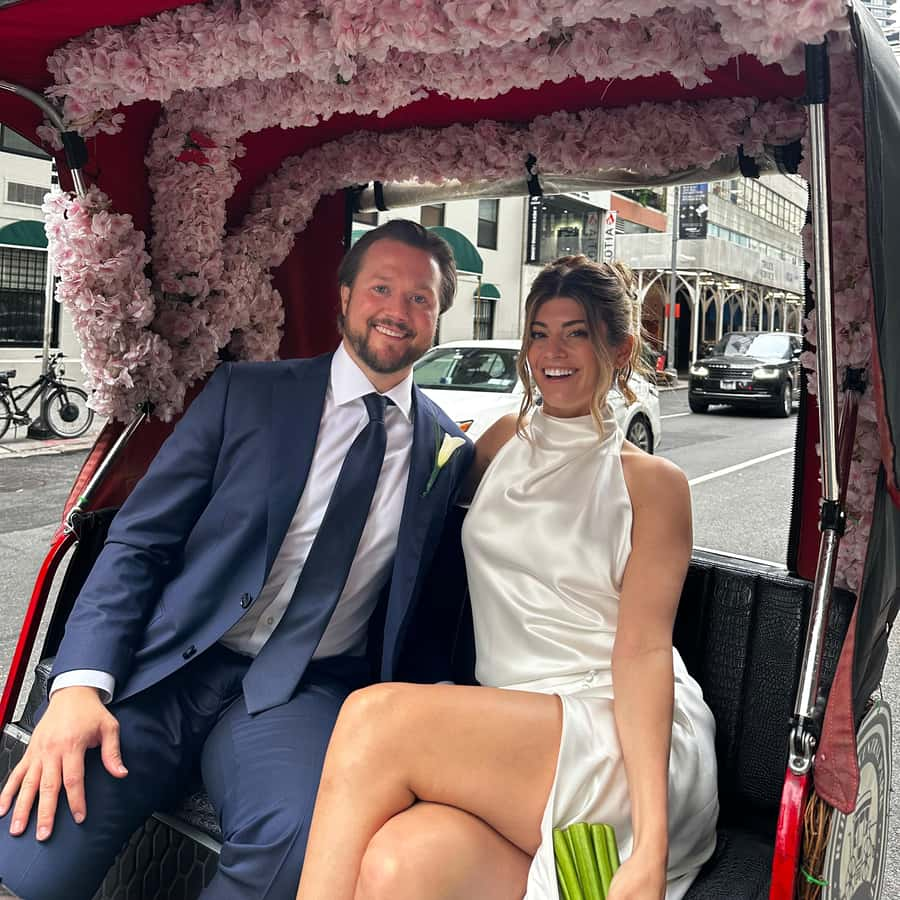
Source: www.getyourguide.com
When To Visit And How To Plan
If your schedule is flexible, aim for early mornings just after sunrise or golden hour before sunset. Weekends are busy, but the park is large enough to find your space. Shoulder seasons like April to early June and late September to early November often deliver the best weather and foliage. Summer brings concerts and boating; winter skating and snow-dusted bridges feel cinematic.
Practical planning tips I use:
- Enter on the side closest to your goal. For the Ramble and Bow Bridge, I prefer entering around West 72nd Street. For Bethesda Terrace or the Mall, East 72nd Street is convenient.
- Map your activities by zones to minimize walking back and forth. Central Park is 843 acres; a little planning saves your feet.
- Check current events and alerts from official park channels before you go. Concerts, road closures for races, or restoration work can change routes.
- Wear comfortable shoes and layer up. The park can feel breezy near the Reservoir and shaded in woodlands.
- For sunrise photos, I bring a light jacket and a thermos of coffee. The quiet is worth the early alarm.
Insider timing:
- Cherry blossoms generally peak early to mid-April, with lovely blooms near the Reservoir and Pilgrim Hill.
- Fall foliage often peaks late October to early November, especially around the Ramble and the North Woods.
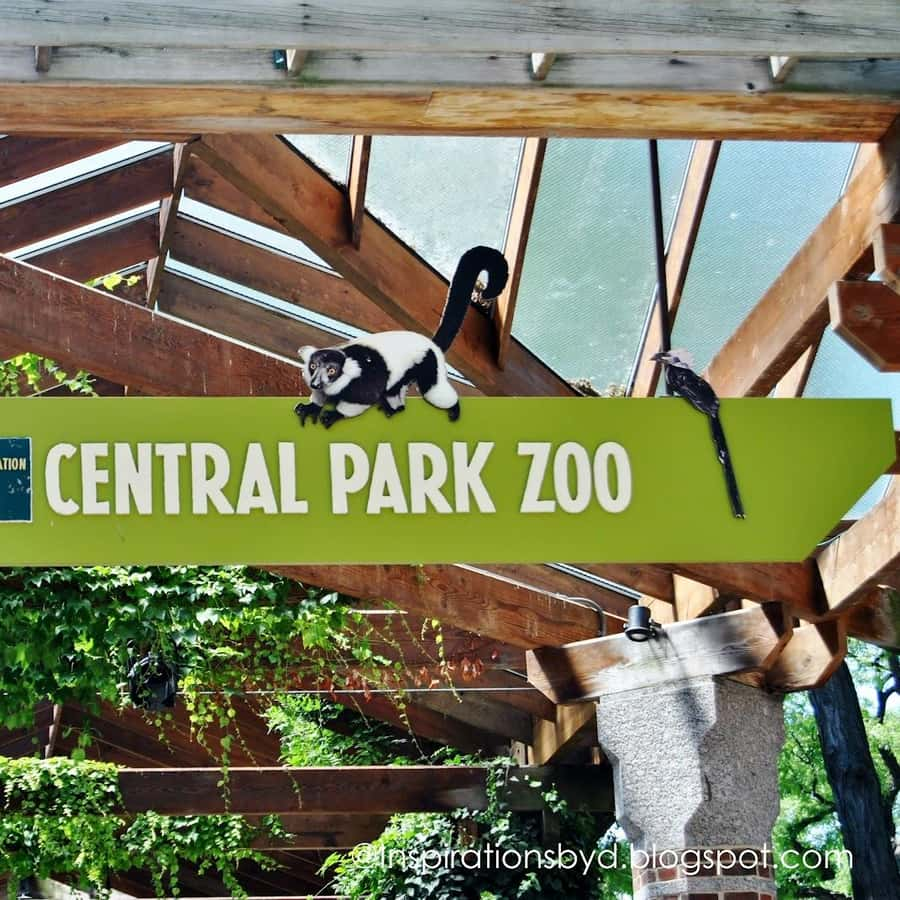
Source: www.getyourguide.com
Iconic Sights You Shouldn’t Miss
These landmarks are classics for a reason. I like to chain them into one loop if I have half a day.
- Bethesda Terrace and Fountain: Watch street musicians beneath the arcade’s Minton tiles. I often pause here to people-watch and shoot portraits facing the lake.
- Bow Bridge: The park’s most photographed bridge. Visit early to avoid crowds and catch reflections when the water is still.
- The Mall and Literary Walk: A straight, tree-lined promenade that feels like an outdoor cathedral. In summer, it’s shaded and perfect for a slow stroll.
- Belvedere Castle and Turtle Pond: Climb for views, then scan for turtles sunning on rocks. The castle is a surprisingly peaceful perch on weekday mornings.
- The Reservoir (Jacqueline Kennedy Onassis): A 1.58-mile running track with skyline views. I prefer counterclockwise at sunrise when the light gilds the water.
- Strawberry Fields: A quiet tribute to John Lennon. If you want solitude, come early; mid-day can be crowded.
- Conservatory Garden: A formal, less-visited gem in the northeast. Spring blooms and fall color are spectacular, and it’s often calmer than the south end.
Local loop suggestion: Enter at East 72nd Street, walk the Mall to Bethesda Terrace, cross Bow Bridge into the Ramble, head up to Belvedere Castle, then exit near the Reservoir or continue north to the Conservatory Garden.
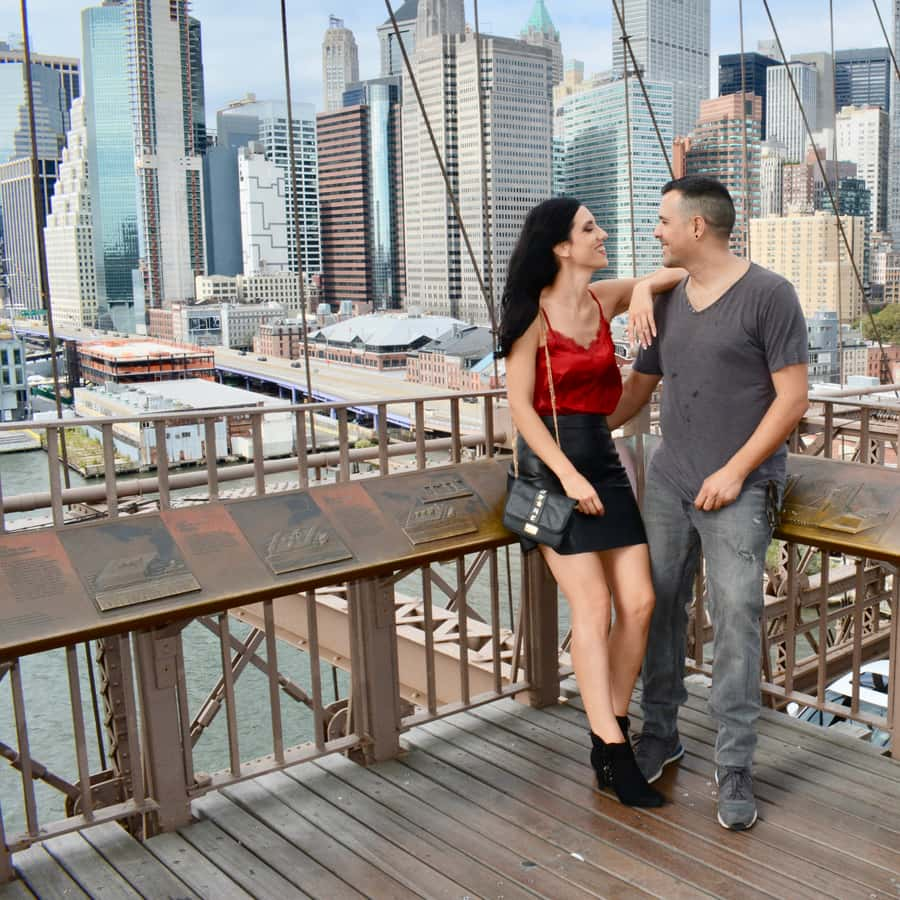
Source: www.getyourguide.com
Active Adventures And Fitness Routes
I’ve trained for races and recovery walks here, and Central Park’s routes are a gift for all fitness levels.
Best running and walking routes:
- Full Loop Drive: 6.02 miles with rolling hills. Heartbreak Hill on the west side north of 90th Street sneaks up on you.
- Reservoir Track: 1.58 miles of cinder, softer on joints, with wide views. Keep it counterclockwise and yield to faster runners.
- Bridle Path: Dirt track looping around the Reservoir and Great Lawn. Ideal for low-impact runs and scenic walks.
- North Woods Trails: For hikers-at-heart. Short, shaded routes with stream crossings and the Loch waterfall.
Cycling tips:
- The main loop is bike-friendly with designated lanes and traffic rules. Early mornings are best for steady rides.
- Be mindful at crosswalks near popular attractions and horse carriages on the south end.
Row boating and gondolas:
- Rent a rowboat at the Loeb Boathouse area in season. I pack a small snack and go midweek to avoid lines.
Skating and winter fun:
- Wollman Rink typically runs late fall through early spring. I go on weekday evenings when the skyline glows and crowds thin.
Stretch-recovery routine I use:
- Pre-run dynamic moves near the Reservoir benches.
- Post-run stretch at the Great Lawn edge and a slow walk cooldown under elm trees along the Mall.

Source: newyorkdearest.com
Family-Friendly Fun
With kids in tow, I segment the day into short, high-reward stops.
Top picks for families:
- Central Park Zoo and Tisch Children’s Zoo: Small enough not to overwhelm, with sea lion feedings that delight young kids.
- Playgrounds: Heckscher Playground near 65th Street is huge; Ancient Playground by the Met is themed and imaginative.
- Carousel: A vintage favorite with organ music; I keep a few singles handy for quick rides.
- Storytime Picnic Spots: The Sheep Meadow’s openness is perfect for a blanket, bubbles, and books.
- Discovery Walks: Follow the duck paths around the Lake and watch for turtles at Turtle Pond.
Parent pro tips:
- Bring a lightweight stroller for naps between stops.
- Restrooms and snack opportunities cluster around the south and mid-park; check a map before heading north with little ones.
- Early afternoons can be hot in summer; plan shaded breaks in the Ramble or North Woods.
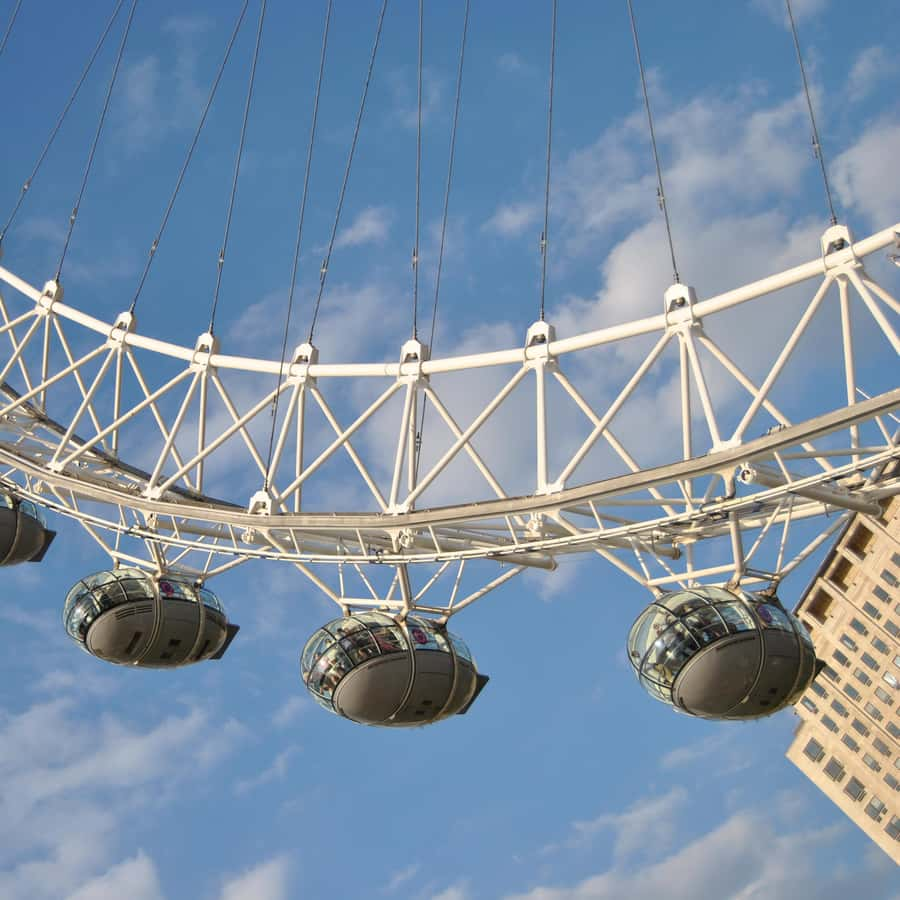
Source: www.getyourguide.com
Nature, Wildlife, And Quiet Escapes
Even after hundreds of visits, I still find new birds and hidden corners.
Where I go for calm:
- The Ramble: Winding woodsy paths, birdwatchers with scopes, and serene overlooks. Look for Bow Bridge views from tucked-away boulders.
- North Woods and the Loch: A true forest feel. After rain, the small waterfalls murmur and the air smells like pine.
- Hallett Nature Sanctuary: Near the Pond at the southeast corner, smaller but protected and peaceful with city views peeking through.
- The Pool at West 101st Street: An underrated mirror-like pond, often ringed with colorful foliage in fall.
Wildlife notes:
- Spring and fall migrations bring warblers and thrushes; experienced birders often set up near the Ramble’s Evodia Field feeders.
- Turtles bask at Turtle Pond from late spring through summer.
- Please keep a respectful distance and avoid feeding wildlife to protect their health.
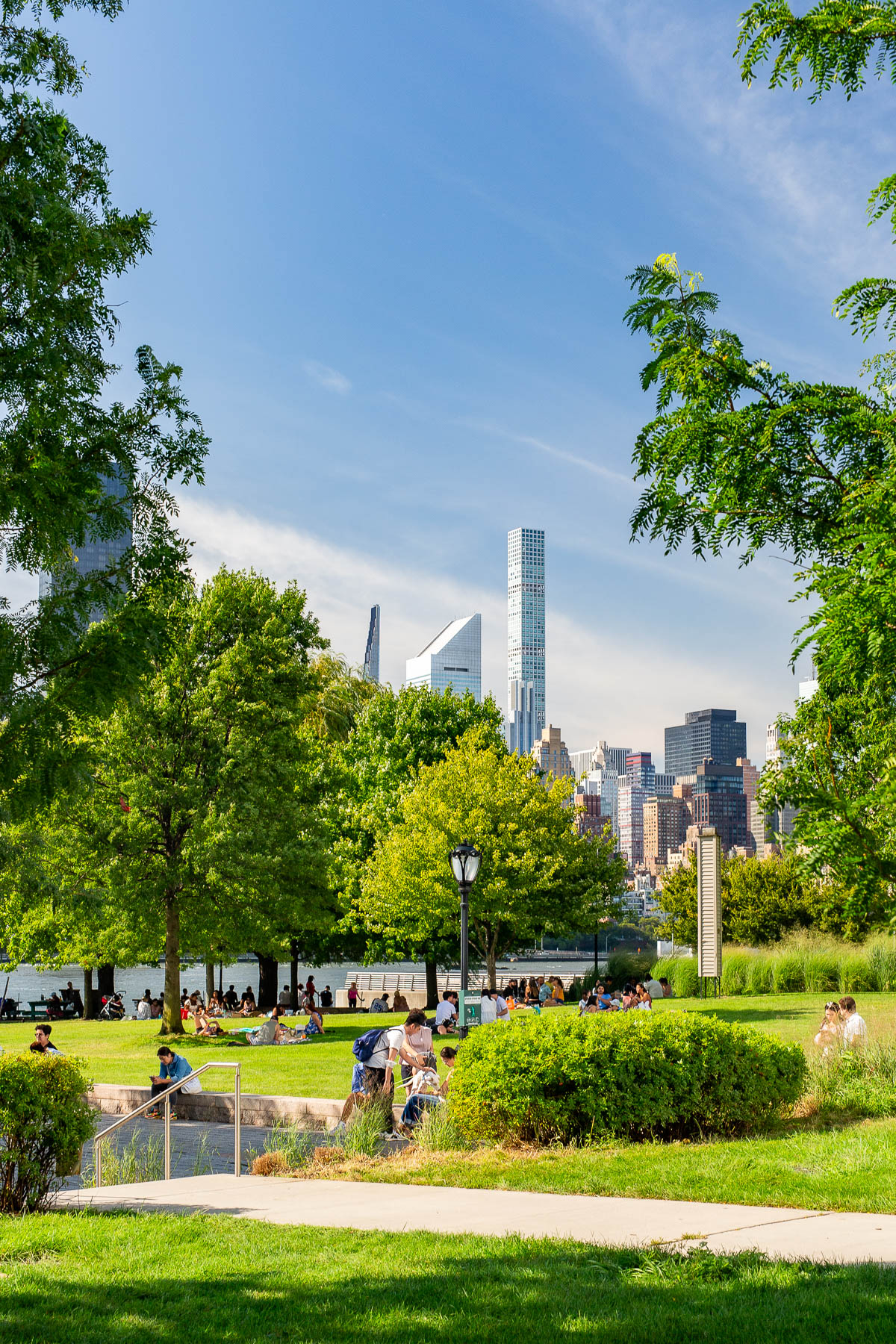
Source: newyorkdearest.com
Food, Picnics, And Nearby Bites
I’ve tested more picnic setups than I can admit. A little prep goes a long way.
Best picnic lawns:
- Sheep Meadow: Big-sky vibes, especially in late afternoon.
- Great Lawn: Ideal for group hangs; check for event closures.
- Cedar Hill: Gentle slope near the Met with dappled shade.
What I pack:
- A compact blanket, reusable water bottle, and a small trash bag.
- Simple, no-mess snacks like wraps, cut fruit, and cookies.
- A lightweight frisbee or a paperback for downtime.
Where to grab food nearby:
- The Upper West Side along Columbus and Amsterdam has great delis and bagels.
- The Upper East Side near Madison and Lexington offers bakeries and quick salads.
- Seasonal kiosks inside the park serve coffee, pretzels, and ice cream.
Hydration and restrooms:
- Water fountains operate seasonally. I bring a bottle with a filter cap.
- Restrooms are scattered; the Loeb Boathouse, Bethesda Terrace area, and certain playgrounds are reliable stops. Check the official map before long walks.
Cultural Spots And Seasonal Events
Central Park is a stage in every season, and I plan outings around its cultural calendar.
Don’t miss:
- Shakespeare in the Park at the Delacorte Theater: Free tickets, but plan for the distribution lines or digital lottery.
- SummerStage concerts: A mix of free and ticketed shows; bring a blanket and arrive early for popular acts.
- Public art and installations: The park occasionally hosts temporary sculptures near the southeast corner or the Mall.
- Ice Skating at Wollman Rink: Winter evening sessions feel magical with skyline views.
Pro moves:
- On event nights, I enter from a less crowded gate and aim for side paths to bypass bottlenecks.
- Pack layers and a light rain shell for outdoor performances.
Photography Spots And Golden Hour Map
If you love photography, time and angle are everything. My go-to sequence for a sunrise shoot:
- Bow Bridge and the Lake for mirror-like water.
- Bethesda Terrace arcade for glowing arches and silhouettes.
- The Mall for leading lines under elms.
- Reservoir track for skyline backdrops.
For sunset:
- Great Hill and the Great Lawn edges for soft, amber light.
- Gapstow Bridge at the Pond for reflections with city towers.
- Belvedere Castle for elevated vistas.
Camera tips I’ve learned:
- Bring a small microfiber cloth; lake mist and winter breath can fog lenses.
- In low light, stabilize with a lightweight tripod or brace against a railing.
- Respect tripods rules and pedestrian flow, especially on busy weekends.
Safety, Accessibility, And Etiquette
Central Park is generally safe, especially during daylight, but I follow a few basic rules.
Safety habits I keep:
- Stick to well-lit main paths at night or visit early morning.
- Keep valuables tucked away and stay aware near crowded photo spots.
- Share the road. Walkers, runners, cyclists, and carriages all use the loop.
Accessibility:
- Many main paths are paved and relatively smooth, especially around the Mall, Bethesda Terrace, and the Reservoir perimeter.
- Certain rustic trails like the Ramble and North Woods have stairs or uneven surfaces; plan accordingly.
- The park provides accessible restrooms in key areas; check the official accessibility map before you go.
Etiquette that improves everyone’s day:
- Pack out your trash and avoid feeding wildlife.
- Keep music volume considerate in shared spaces.
- Leash dogs except in designated off-leash hours and zones.
Sample Half-Day And Full-Day Itineraries
Half-day highlights loop:
- Start at East 72nd Street, stroll the Mall to Bethesda Terrace.
- Cross Bow Bridge, wander the Ramble.
- Head to Belvedere Castle and Turtle Pond.
- Option A: Exit near the Met for a quick museum visit. Option B: Walk to the Reservoir for a skyline lap.
Full-day deep dive:
- Morning run or walk at the Reservoir.
- Coffee and a quiet read at the Conservatory Garden.
- Midday picnic at Sheep Meadow or Great Lawn.
- Afternoon rowboat from the Loeb Boathouse.
- Sunset photos at Gapstow Bridge, then a short stroll to a nearby Upper West or Upper East Side restaurant.
Local saver tips:
- Combine activities by location to avoid backtracking.
- Weekdays usually mean fewer crowds, easier photos, and better picnic spots.
Money-Saving And Local Pro Tips
Living here taught me where to spend and where to save.
- Free views beat paid decks. The Reservoir loop and Belvedere outlooks deliver skyline drama at no cost.
- Bring your own picnic. Nearby delis and bakeries are cheaper and better than most kiosks.
- Time your visit. Early morning grants quiet paths, empty benches, and the best light.
- Layer for microclimates. Shade near woodlands can be cooler than open lawns.
- Download or screenshot a Central Park map before you go. Cell service is fine in most areas, but dead zones exist.
Mistakes I’ve made so you don’t:
- Overpacking for long walks. Keep your bag lean and your water bottle full.
- Ignoring north end gems. The Pool, North Woods, and Conservatory Garden are peaceful and under-visited.
- Skipping sunscreen on cool days. Wind on the Reservoir reflects sunlight more than you expect.
Frequently Asked Questions of A Local’s Guide to Central Park Activities
What Are The Best Things To Do In Central Park For First-Timers?
Start with the Mall, Bethesda Terrace, Bow Bridge, and the Reservoir loop. If you have extra time, add Belvedere Castle and Strawberry Fields for a well-rounded introduction.
When Is The Best Time To Visit Central Park?
Early morning and golden hour near sunset are ideal for photos and calm paths. Spring and fall offer the most comfortable weather and dramatic foliage or blossoms.
Is Central Park Safe At Night?
Stick to main, well-lit paths and go with a friend if possible. Most locals prefer early morning or daylight visits for running and long walks.
Where Can I Find Restrooms And Water Fountains?
Restrooms cluster around Bethesda Terrace, Loeb Boathouse, and select playgrounds. Water fountains are seasonal. Check the official map before a long route.
Are There Good Spots For A Picnic?
Yes. Sheep Meadow, the Great Lawn, and Cedar Hill are excellent. Bring a small blanket, easy snacks, and pack out your trash.
Can I Bike In Central Park?
Yes, on designated lanes along the main loop. Early mornings are best. Be cautious at crosswalks and during events.
What’s The Best Route For A Short Run?
The Reservoir track is a flat, 1.58-mile loop with iconic views. Keep it counterclockwise and be mindful of faster runners.
Conclusion
Central Park is more than a checklist of attractions; it’s a living rhythm of paths, performances, seasons, and small moments. Plan smart, travel light, and let the day unfold. Whether you’re rowing under Bow Bridge, catching a show on a summer night, or finding silence in the North Woods, you’ll always leave with a story.
If this guide helped you plan what to do in Central Park, put these tips into action on your next visit. Subscribe for more local itineraries, ask questions in the comments, or share your own park discoveries so we can all explore smarter together.
Watch This Video on A Local’s Guide to Central Park Activities

